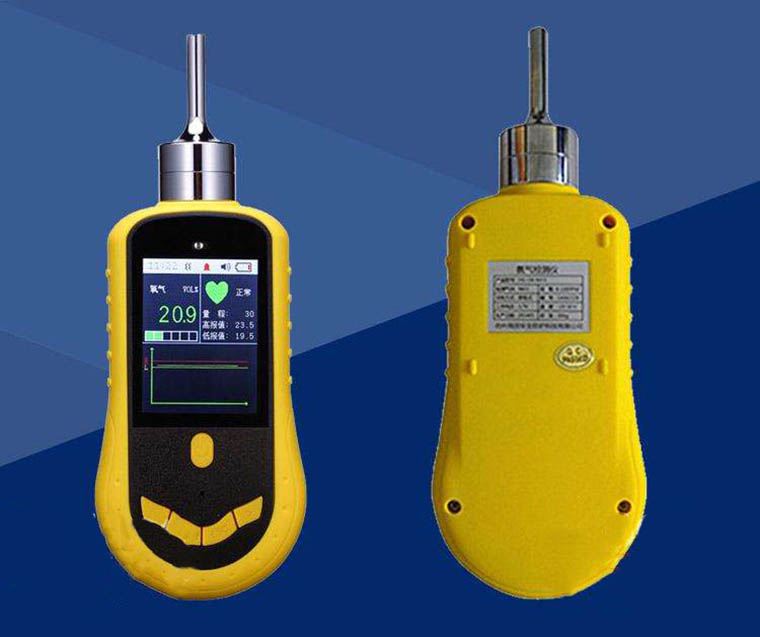The bus system is also called RS485, and the branch system is also called 4-20mA model. The gas detector currently mainly uses these two wiring methods, each with its corresponding alarm host.
Generally speaking, most bus-based gas detectors use 4-core shielded wires, 2 power wires, and 2 signal wires. The transmission distance is relatively long, about 1-2Km; The core wire, 2 power wires, 1 signal wire, the negative power supply and the signal wire are common, the transmission distance is relatively close, within 1Km.
Choose the bus system or the split line system, and the specific conditions must be confirmed according to the actual working conditions.
1. The number of gas detectors to be connected. If there are more than 8 probes, it is recommended to choose the bus system. This can reduce the wiring difficulty and wiring cost. All probes are counted into the host through a cable. Theoretically, up to 256 gas detectors are connected; the number of gas detectors is less than 8, you can choose the split system, each probe is passed separately connect the cable to the host.
2. Distance. In actual working conditions, because the installation position of each probe and the distance of the probe are from far to near, when the distance is relatively long, it is recommended to use the bus system, the general transmission distance of the bus system is 1-2Km, only need to lay a main line Just a cable, all probes can be connected to the main line; in addition, the transmission distance of RS485 can be increased by adding a repeater, and the distance is not limited in theory. In the case of short distances, the split line system is used.
3. Signal processing needs. In many cases, the detection data of the gas detector needs to be processed multiple times. 4-20mA is a standard industrial signal, which can be connected to various PLCs and DCS systems, but when you need to save data and display data for the second time, you need to use RS485 signal.

The Advantages And Disadvantages Of The Gas Detector Split Line System And Bus System
The following summarizes the advantages and disadvantages of the bus system and the split system:
Advantages of the bus system
The signal is unified and the probability of failure is low. The bus control system has no such inconvenient factors at all, and transmits data in the same form on the data line, enhancing the reliability of the data.
The wiring is simple and the workload is small. The obvious advantages of the bus system are less wiring, simple wiring and less cost. Four bus system, two signal lines, two power lines, simple wiring and convenient.
Disadvantages of the bus system
Signal delay. The data are all brushed out one by one, which is especially obvious when there are many probes.
Power supply problem. All probes are powered centrally through the host. When the number of probes is large, the power supply capacity of the host is insufficient, so local power supply is required.
Advantages of split system
Good data synchronization. Compared with the bus system, each gas detector of the split-line system communicates with the controller separately, which can timely transmit the on-site situation to the control section, so that the monitoring personnel can make timely and effective judgments, and the peripheral control equipment should be timely Effectively make corresponding control actions to avoid dangerous accidents.
Unlimited power supply
Disadvantages of the split system
The wiring is complicated. The amount of wiring is large, the workload is heavy, the wiring is complicated, the installation and construction are complicated, and the cost of materials is high.
The signal interference is large.